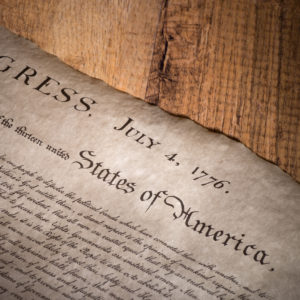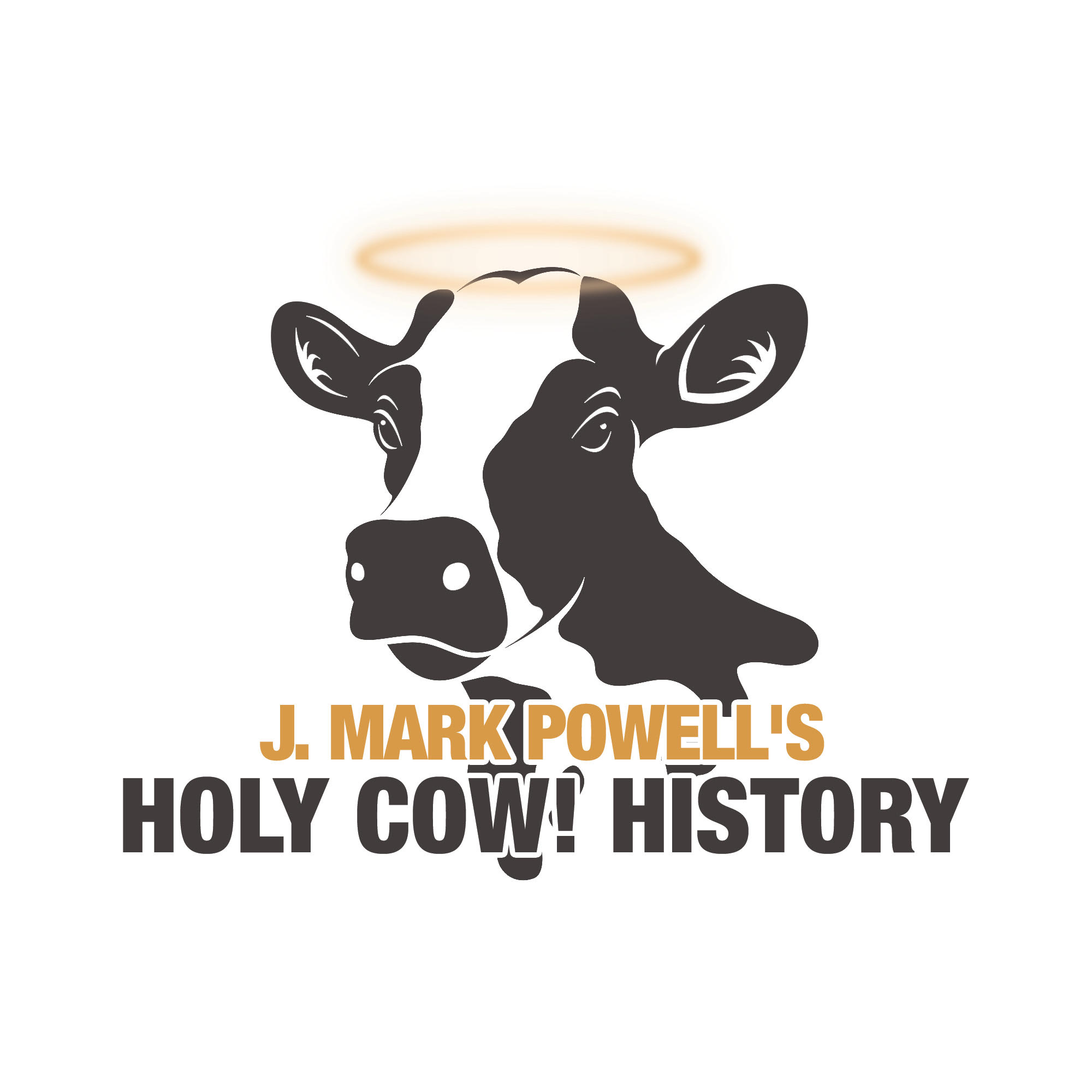We all know the Declaration of Independence was unanimously adopted on July 4, 1776, by the Second Continental Congress, and signed by heroes like Thomas Jefferson, John Adams, Benjamin Franklin and John Hancock. But how much do you know about the other 52 men who pledged “our lives, our fortunes and our sacred honor” and signed the Declaration?
Test your knowledge with this short, fun quiz.
1. Which colony had the most signers of the Declaration?
A: New York
B: Massachusetts
C: Pennsylvania
D: Virginia
Answer: C. Home of Philadelphia (whose 30,000 residents made it the largest city in North America), Pennsylvania had nine, followed by Virginia with seven. Massachusetts and New Jersey tied at five.
2. Which signer’s autograph is considered the rarest in American history?
A: John Hancock
B: George Clymer
C: Benjamin Franklin
D: Button Gwinnett
Answer: D. A former Georgia governor, Gwinnett died of injuries sustained in a duel with a rival 10 months later at age 42. Gwinnett County in suburban Atlanta is named in his honor.
3. How many signers died before America won its independence?
A: 8
B: 9
C: 12
D: 14
Answer: B. Between 1776 and 1783, when the colonies achieved independence, nine of the signers died. One of them, South Carolina’s Thomas Lynch Jr., and his wife disappeared while traveling to France in December 1779 and are believed to have been lost at sea.
4. What was the most common occupation among the signers?
A: Soldiers and sailors
B: Farmers and plantation owners
C: Merchants and store owners
D: Lawyers and judges
Answer: D. “The first thing we do, let’s kill all the lawyers,” one of Shakespeare’s characters says in Henry VI. But that would have been a disaster for America’s founding because 24 signers were attorneys or jurists. Eleven were merchants, and nine were farmers and planters.
5. Who was the only person to sign all three of America’s founding documents? (The Declaration of Independence, the Articles of Confederation, and the United States Constitution.)
A: John Adams
B: John Hancock
C: Benjamin Franklin
D: Thomas Jefferson
Answer: C. Franklin holds that distinction. He was 70 when he added his name to the Declaration and 81 when he signed the Constitution in 1787.
6. While Franklin was the oldest Declaration signer, Edward Rutledge was the youngest. How old was he at the time?
A: 21
B: 24
C: 25
D: 26
Answer: D. He and his older brother John represented South Carolina. Another signer from that colony, the aforementioned Thomas Lynch Jr., was also 26, though he was three months older than Rutledge.
7. John Hancock was the first person to sign the Declaration. Thomas McKean was the last. When did he add his name?
A: July 4, 1776
B: August 2, 1776
C: Oct. 15, 1776
D: Date unknown
Answer: D. While the Continental Congress approved the document on July 4, 1776, the famous embossed version we know today wasn’t signed until Aug. 2. Even then, several delegates signed it later. (Seven who voted for it never signed at all.) Thomas McKean’s name was the last addition, with some historians claiming he may have signed as late as 1777.)
And while legend says Hancock’s oversized signature was his attempt to ensure King George “can read my name without his spectacles,” the Aug. 2 document was never meant to be sent to Britain. (Printed copies of the Declaration were shipped out weeks earlier.) Most historians believe the founder’s giant-size “John Hancock” reflected his passion for America’s cause and flamboyant personality.





